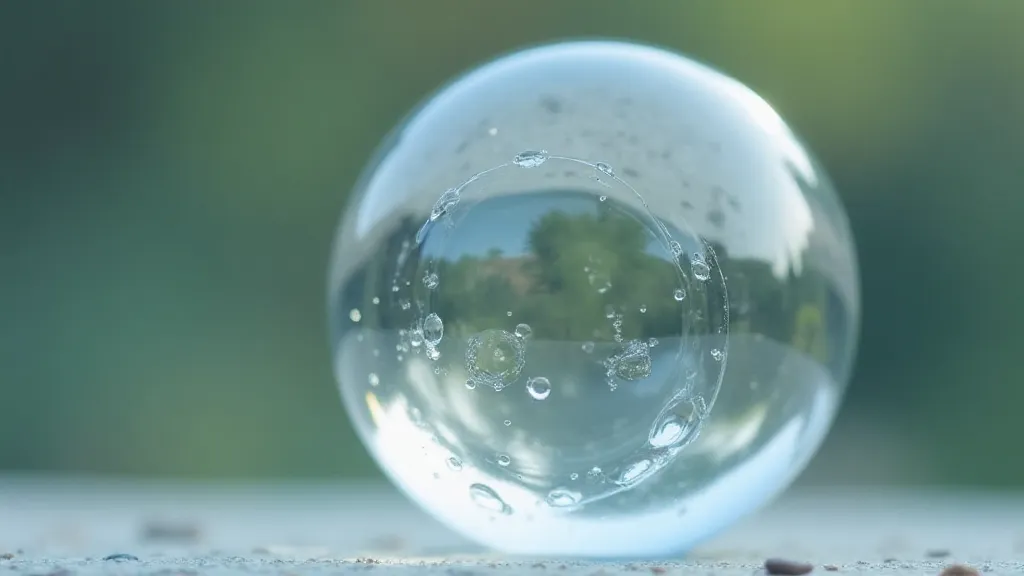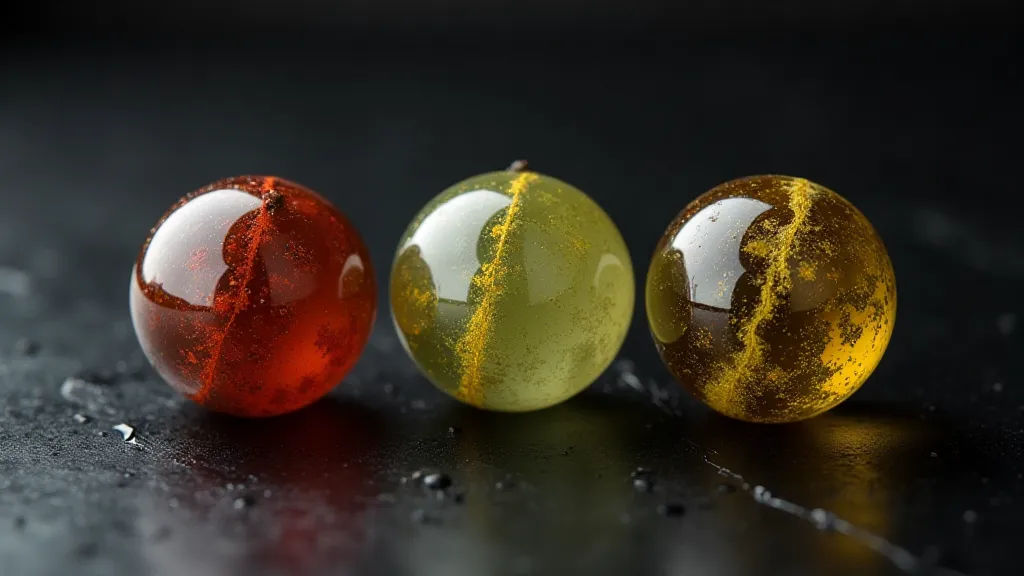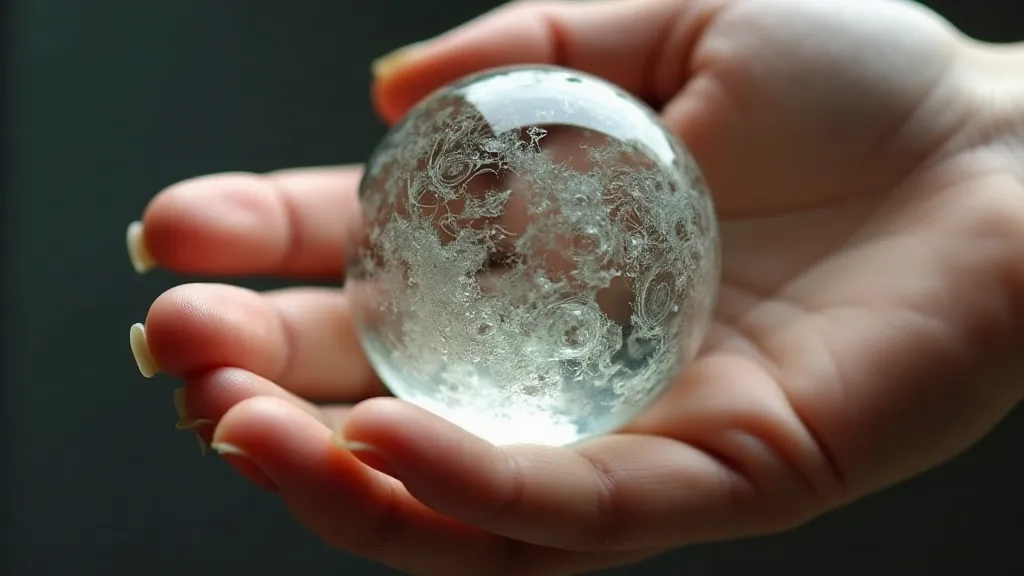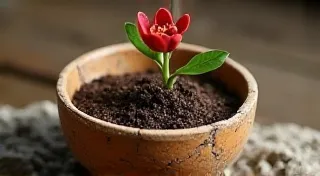Fractured Reflections: The Taxonomy of Manufacturing Flaws in Antique Marbles
There's a peculiar intimacy one develops when holding an antique marble. It’s not just a sphere of glass or clay; it’s a portal to a bygone era, a tangible connection to the hands that shaped it, and the processes, often imperfect, that brought it into being. As a marble collector for over three decades, I'm drawn not just to the vibrant swirls and mesmerizing patterns, but to the subtle imperfections – the tiny fractures, the unexpected bubbles, the unpredictable color shifts. These aren't blemishes; they are whispers of history, proof of humanity’s touch, and often, indicators of exceptional rarity.
For a long time, perfection was the ideal. Mass-produced items, even today, strive for flawless uniformity. But the antique marble world operates differently. A pristine, utterly flawless marble is unusual. Far more compelling are those bearing the marks of their creation – the quirks that reveal the individual nature of each piece. The artistry involved, particularly in sulphide marbles, is truly remarkable, and appreciating those subtle deviations from the ideal is key to truly understanding the craft. Sometimes, the most captivating stories are revealed not in perfect symmetry, but in the unexpected.

The Language of Bubbles
Let's start with bubbles. Most marble collectors are familiar with them, but few truly understand their significance. Bubbles weren’t necessarily *unwanted* in early marble manufacturing. In fact, some manufacturers intentionally incorporated them to create visual interest, particularly in sulphide marbles (more on those later). The process of creating glass involves melting raw materials and then cooling them. During this cooling, dissolved gases – primarily carbon dioxide and oxygen – can become trapped within the molten glass. The speed of cooling directly impacts the size and distribution of these bubbles. A slower cooling rate generally results in larger bubbles, while rapid cooling traps smaller ones.
The number and size of bubbles can signify several things. Fewer, larger bubbles in a sulphide marble, for example, can indicate a less refined manufacturing process – something that doesn't necessarily detract from value; it can, in fact, be highly sought after by collectors interested in early production techniques. Conversely, exceptionally *few* bubbles can suggest a later, more sophisticated manufacturing process striving for flawlessness. It’s fascinating to consider how the techniques and aesthetics evolved over time, influencing even seemingly minor details like the inclusion of air bubbles. Understanding the broader context of marble production can deepen appreciation for even the most minor characteristic of a single piece.
Cracks: Stories Etched in Glass
Cracks are perhaps the most visually arresting – and often initially concerning – manufacturing flaw. Unlike bubbles, cracks are almost always a sign of stress during the cooling or handling process. They can be hairline fractures barely visible to the naked eye, or deep fissures that compromise the structural integrity of the marble. Identifying the *type* of crack is crucial. "Crazing," a network of fine, interconnected cracks, is common in certain glass types like milk glass and often develops over time due to temperature fluctuations or handling. It doesn’s necessarily lower the value of the marble, especially if it’s an uncommon color or pattern; it simply confirms its age and history.
More significant cracks, however, can impact value. A clean break, where the marble cleanly separates, renders it essentially irreparable (although some adventurous restorers *attempt* repairs, the results are often visually obvious). But a ‘check’ – a crack that hasn’t fully propagated through the marble – can be a fascinating feature. It suggests a moment of intense pressure, a near-catastrophic failure averted. The presence of a check can even increase the rarity of a marble, particularly if the pattern or color combination is already unusual. Examining these fractures, and understanding how they developed, provides a window into the challenges faced by early glassmakers, and reveals a certain beauty in the resilience of these delicate objects.
Color Variations: The Alchemy of Glass
Color isn't always consistent in antique marbles. This isn't a failure; it’s the result of imperfect mixing and unpredictable chemical reactions. Early glassmakers didn’t have the precise control we have today. They relied on ingredients readily available, and the purity of those ingredients varied greatly. The addition of metallic oxides – cobalt for blue, manganese for purple, iron for brown – wasn't an exact science. Sometimes, the resulting effect was a happy accident, leading to uniquely beautiful variations that are now highly prized by collectors. It is a compelling reminder of the artistry involved.

“Flash” – a sudden burst of color within a largely transparent marble – is a prime example of this unpredictability. It’s often attributed to uneven distribution of colorants. “Comet” marbles, with a distinctive band of color streaking across the surface, are another beautiful manifestation of this imperfection. Even within a single batch, color could shift dramatically. A "muddy" appearance, where colors blend and become indistinct, indicates a less successful color mix, but can still be desirable in certain patterns. Understanding the regional differences in raw material availability often explains these variations; a fascination with chronicles of the checkerboard and the way marble designs reflected those localized resources is a rewarding study.
Sulphide Marbles: The Pinnacle of Imperfection and Artistry
Sulphide marbles deserve special mention. These aren't just glass marbles; they're miniature works of art, created by encasing clay figures or designs within a layer of glass. The process was incredibly complex and fraught with challenges. The sulphur-rich clay needed to be fired to a precise temperature, then encased in molten glass. Any variation in temperature or clay composition could lead to cracking, distortion, or even complete failure. The stories that these pieces tell are profound, representing a high level of artistic skill in the face of significant technical difficulties.
The imperfections in sulphide marbles are particularly revealing. Distortions in the clay figures, air pockets within the clay, and cracks in the glass are all testaments to the skill and artistry of the sulphide marble maker. A sulphide marble with a perfectly formed clay figure and flawless glass casing is incredibly rare and valuable. But a sulphide marble with a slightly misshapen figure or a few visible cracks possesses a unique charm and tells a richer story. The subtle warping of a character's face, the slight distortion of a miniature landscape - these aren't flaws; they are expressions of human ingenuity wrestling with an unpredictable material. The language of swirls and other decorative techniques used in conjunction with the sulphide process adds another layer of complexity and beauty.
The Evolution of Marble Production
The constant drive to improve manufacturing processes led to many changes over the years, but the early methods were often characterized by a certain charm and a degree of unpredictability. Collectors are increasingly interested in tracing the lineage of different marble styles and understanding the context in which they were made. The subtle differences between “transition” marbles, representing the period of shifting techniques, truly highlight this fascinating evolution; exploring ephemeral dreams and the unique characteristics of these transitional pieces offers a deeper appreciation of the craft.
Appreciating the Imperfect Narrative
Collecting antique marbles isn’t about chasing perfection. It’s about appreciating the journey, the story etched into each sphere. It’s about understanding that the flaws – the bubbles, the cracks, the color variations – are not blemishes, but signatures. They are the fingerprints of history, the echoes of a bygone era. They are reminders that even in the pursuit of beauty, imperfection holds its own unique and captivating allure. Moreover, these imperfections provide crucial clues about their origin and production methods. A collector’s knowledge of the glimmering diaspora and the routes taken by German core-print marbles, for example, can reveal fascinating details about the spread of techniques and styles.
As you handle these fragile relics, consider the hands that shaped them, the challenges they faced, and the artistry that prevailed. The beauty isn't just in the colors and patterns; it's in the fractured reflections of a world long past. Each marble is a small window into a vibrant history, a testament to the ingenuity and artistry of those who came before us. It’s a reminder that true beauty often lies not in flawless uniformity, but in the unique imperfections that tell a story all their own.






